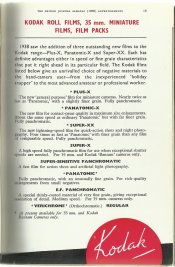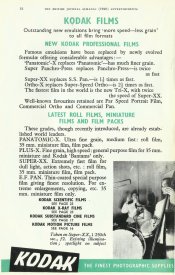In broad terms, ASA and ISO are the same to me. I use old meters with impunity!  They are all marked in ASA and they still work. My newest automatic cameras use ISO in the internal meters and I still get the same density (within experimental error).
They are all marked in ASA and they still work. My newest automatic cameras use ISO in the internal meters and I still get the same density (within experimental error).
Yeah, you are right, kinda, and so am I. There actually is so much "fudge factor" in both that it is hard to say. Mid scale speed taken from the straight line, is what we use in the lab! The toe can lead to imprecise results, and the best method is the inflection point of the toe from fog, but you don't take pictures there. It is the absolute speed point though.
PE
 They are all marked in ASA and they still work. My newest automatic cameras use ISO in the internal meters and I still get the same density (within experimental error).
They are all marked in ASA and they still work. My newest automatic cameras use ISO in the internal meters and I still get the same density (within experimental error).Yeah, you are right, kinda, and so am I. There actually is so much "fudge factor" in both that it is hard to say. Mid scale speed taken from the straight line, is what we use in the lab! The toe can lead to imprecise results, and the best method is the inflection point of the toe from fog, but you don't take pictures there. It is the absolute speed point though.
PE





